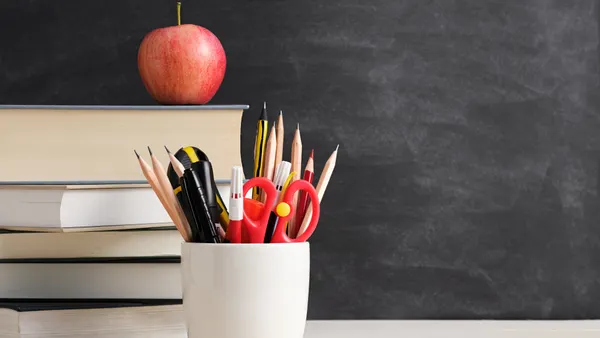Dive Brief:
- Helping students learn the nuances of copyright and fair use can start with teachers explaining how they’ve used material themselves, Karen Lagola, an instructional technology coach working with the Beverly Hills Unified School District in California, writes for Edutopia. This includes showing classes how to find licenses and understanding those rules themselves.
- Teachers may want to approach these lessons by having students create their own work, and then learning what rights protect that work and how it may be shared by others. They can also be taught how to create a license for their own creative work.
- Additionally, students can be tasked with creating a list of resources to turn to for assignments, looking at Creative Commons, for example, and learning about its various licenses. And educators can find other lesson ideas online through Common Sense Media and a group Lagola works with, Copyright & Creativity.
Dive Insight:
Students need to know how to safely access, select and use materials and resources they find online. Doing so requires learning and strengthening digital citizenship skills, particularly those on copyright and fair use rules. In that way, students — as well as educators — can then correctly source material in their work.
Remote learning, however, can complicate these lessons, as the shift to online classes over the past year has shown. Although many publishers had offered licenses allowing educators to share materials online, some are expiring, putting more of a need for both teachers and students to learn how to correctly navigate the use of digital content for educational purposes.
Educators will want to thoroughly steep themselves in these guidelines first, to understand the nuances of common copyright uses before borrowing content for use in classrooms. While quoting and citing material from articles and books are common and accepted practices, photocopying an entire article or copying and pasting that content online is usually not.
To teach students the nuances of fair use and copyright, teachers could consider assigning a project that actually requires their class to study and learn about fair use, such as designing an instructional page that teaches these skills to others. Or classes could be tasked with creating their own original work and then finding out how to protect it. These assignments may help students explore copyright and fair use in a way that helps deepen understanding of these concepts as well.








